
New Programming Languages You must to Learn in 2024
In the dynamic landscape of software development, the quest for mastering new programming languages extends far beyond mere technical prowess. It serves as a gateway to honing problem-solving acumen, broadening career prospects, and fostering a profound comprehension of technological paradigms.
Consider the trajectory of Dillon Kearns, a seasoned software engineer whose journey epitomizes the transformative power of embracing novel languages. While initially entrenched in the world of Ruby, Kearns experienced a paradigm shift upon encountering Elm, a functional programming language. His testimony underscores the profound impact of venturing beyond familiar territories, where each endeavor, irrespective of its outcome, yields invaluable insights and catalyzes holistic growth.
Drawing inspiration from Kearns’ narrative, we present a curated collection of contemporary programming languages poised to redefine your skill set and illuminate new pathways in your professional odyssey.
Exploring New Programming Languages: F#
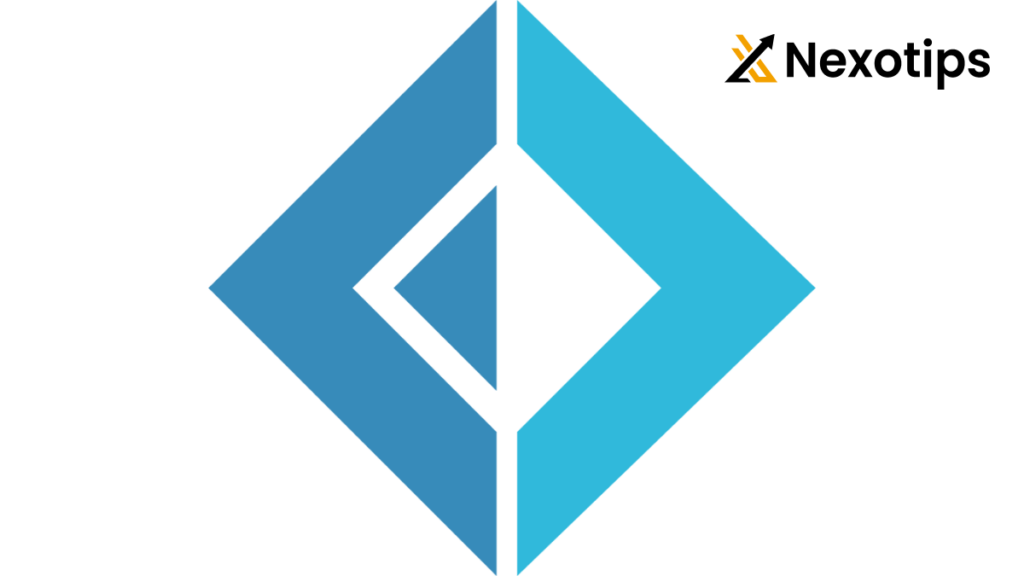
F# is an open-source, cross-stage language that takes on all the more a mixture position among general and utilitarian dialects. Numerous developers track down F# to offer a similar sort of straightforwardness as Python while conveying a more consistent encounter than C# and Java. This might be on the grounds that the language stays away from the messiness of semicolons, wavy sections and different images, so engineers don’t need to stress over explaining their article type. Accordingly, undertakings, for example, list handling and applying complex sort definitions are simpler while working in F#.
The cross breed nature of F# additionally makes it viable with different styles, including data sets, sites and .NET elements. Anything that components architects are working with, they can depend on the writing computer programs’ areas of strength for language framework to uncover normal blunders. These elements all add to the adaptability and comfort of F#, which is the reason it stays a famous programming language.
Key Points:
- Cross breed nature upholds different styles.
- Basic plan eliminates superfluous images.
- Type framework identifies normal blunders.
Exploring New Programming Languages: Elixir
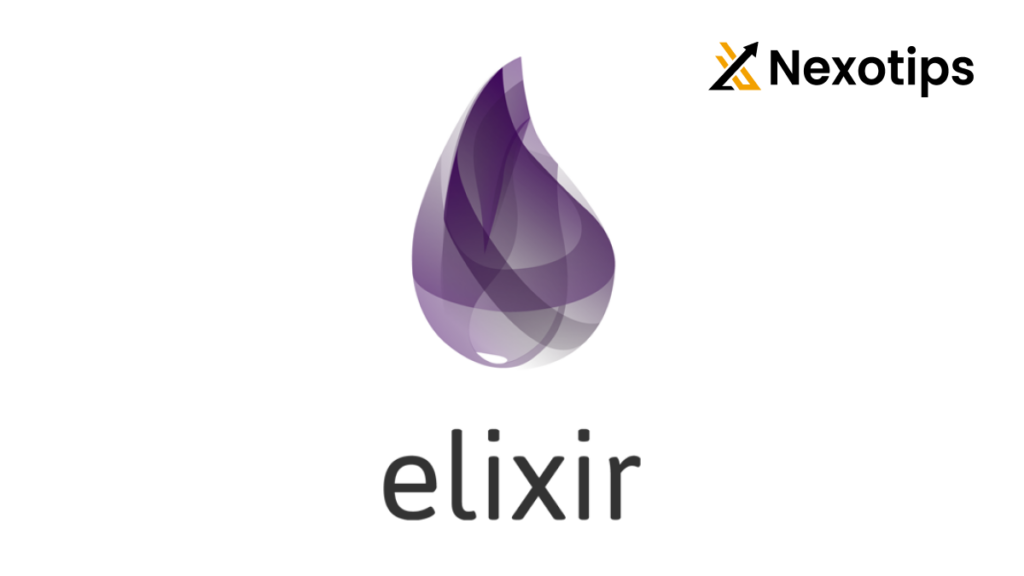
“There was this subset of the Ruby people group that meandered down the Erlang dark hole, and they emerged with Remedy,” Woods senior designer David Rogers said.
Solution, notwithstanding, is simpler to compose than Erlang, with the utilitarian programming ideas of a language like Haskell. Remedy runs on the Erland virtual machine, which functions admirably for low-inactivity appropriated frameworks. The stage focuses on adaptability and adaptation to non-critical failure. Lightweight strings of occasions, or cycles, send messages to one another. Those cycles can run simultaneously, expanding machine assets and making it more straightforward to scale upward or evenly. In the case of something turns out badly, the stage shows the engineer the latest express that is certain to work.
Key Points:
- Viable with Erland virtual machine.
- Lightweight strings support simultaneous cycles.
- Simple vertical and flat adaptability.
Exploring New Programming Languages: GO

Go, a programming language developed by Google’s engineering leads, stands out among other languages like C++ or Java due to its sleekness and enhanced type safety compared to languages like Ruby or Python. However, it is important to note that Go does have its drawbacks. One of the drawbacks is its strict typing, which means that you cannot mix signed and unsigned integers or integer sizes. Additionally, Go lacks certain features such as generics and inheritance, which may be considered noticeable omissions by some developers. If you find yourself frustrated by the use of curly brackets instead of parentheses, Go may not be the right choice for you.
Despite its drawbacks, Go’s simplicity offers several advantages. One of the notable advantages is its ease of use. The language is designed in a way that minimizes hidden complexities behind the written code, making it more straightforward for developers to work with. Furthermore, the absence of inheritance in Go helps developers avoid creating complex webs of dependencies, which can be beneficial when working on projects, especially in the field of data science in 2023. It is worth mentioning that Go prioritizes tight definitions and thread safety, which further enhances its appeal to developers.
In summary, Go presents a combination of benefits and drawbacks. On the downside, it has strict typing and lacks certain features like generics and inheritance. However, its simplicity and ease of use make it an attractive choice for developers. The absence of inheritance also helps in avoiding complex dependencies. Moreover, Go prioritizes thread safety and tight definitions, which are important considerations for developers. Ultimately, the decision to use Go will depend on the specific requirements and preferences of the project at hand.
Key Points:
- Severe composing and language structure.
- More straightforward route with no legacy.
- Focuses on string security.
Exploring New Programming Languages: JAVA 17
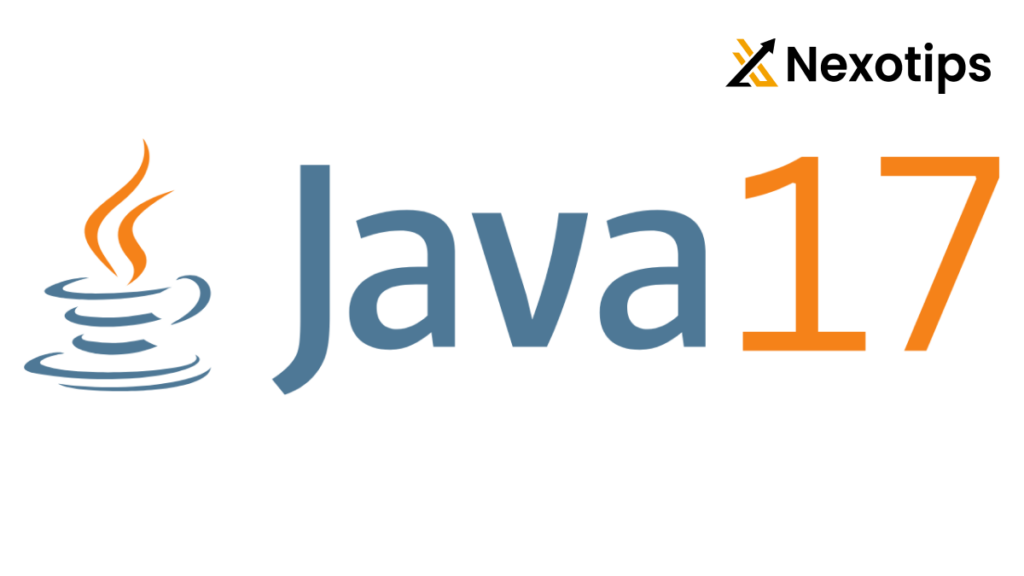
Java 17 represents a new chapter in the Java programming language, which has a rich history spanning two decades. This latest version introduces a more streamlined syntax, addressing the verbosity that was present in previous iterations of Java. In addition to simplifying the syntax, Java 17 also introduces a NullPointException feature that helps identify problematic variables when a program encounters errors.
Furthermore, Java 17 has been updated to be compatible with the latest advancements in technology, including cloud computing and newer Apple computers. This ensures that developers and organizations have more flexibility in incorporating Java into their tech stacks, adapting to the ever-evolving landscape of technology.
Key Points:
- Streamlined syntax compared to earlier Java versions.
- NullPointException feature for pinpointing faulty variables during program failures.
- Compatibility with cloud computing and the latest Apple computers.
Exploring New Programming Languages: Typescript
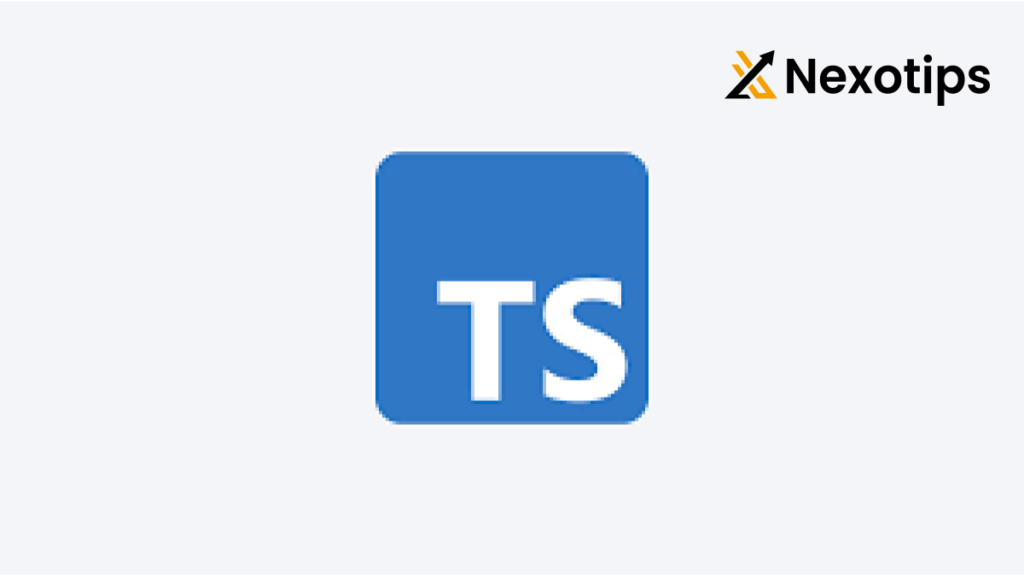
TypeScript, an open-source static type system developed and maintained by Microsoft, is a powerful tool that enhances JavaScript with additional safety features. By building on top of JavaScript, TypeScript provides a more secure programming environment by checking for type mismatches and issuing compile-time errors to prevent runtime bugs. This makes it an ideal choice for Java users, as the code structure and syntax of TypeScript resemble that of Java 8. With the addition of annotations and types, TypeScript code can easily be understood by Java developers. In summary, TypeScript offers a safer and more familiar development experience for those coming from a Java background.
Key Points:
- Developed using JavaScript but with enhanced safety measures.
- Compiler helps in avoiding bugs during runtime.
- Code structure resembles that of Java 8.
Exploring New Programming Languages: PURESCRIPT
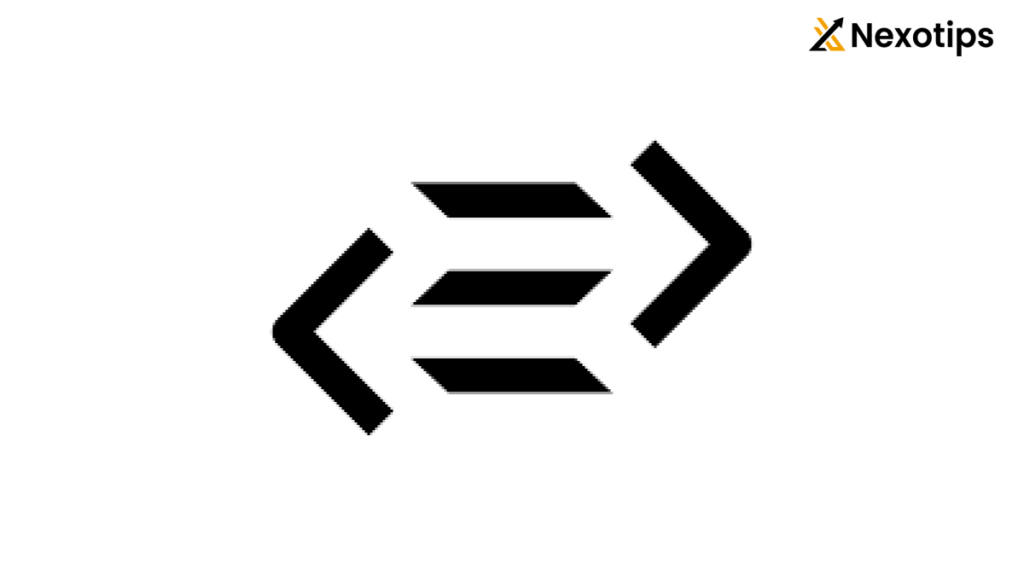
Compiling to JavaScript, PureScript is a totally functional programming language. PureScript is most useful for creating server-side and web applications, most akin to Haskell. It makes use of pattern matching, type classes, and algebraic data types just like Haskell.
In comparison to other languages, PureScript requires considerably less explicit type annotations because its types are expressive and facilitate type inference. Its compatibility with other languages that target JavaScript is one of its greatest advantages.
Key Points:
- ideal for creating server-side and online applications.
- Typing facilitates type inference.
- Complies with other languages that require JavaScript.
Exploring New Programming Languages: DART
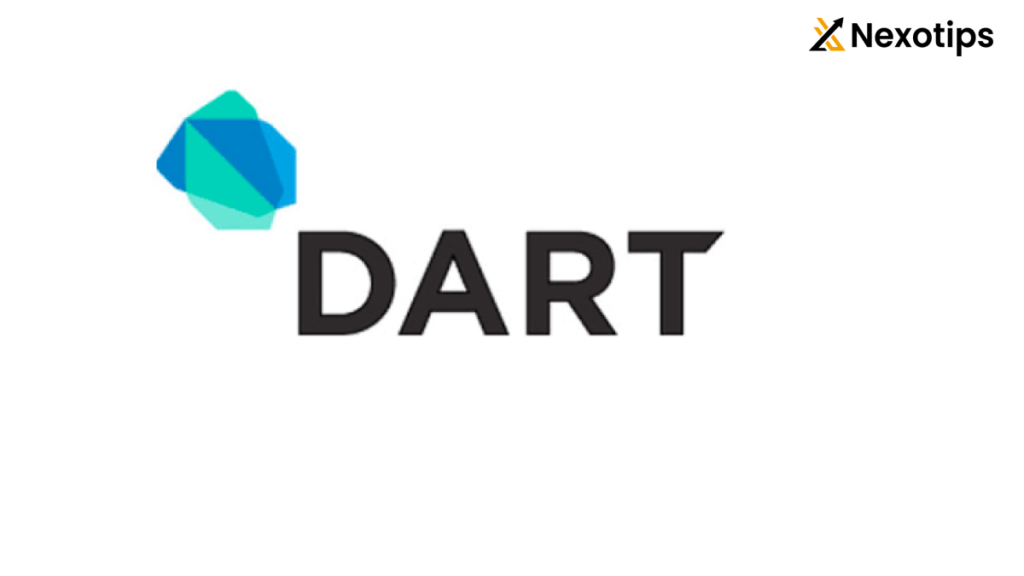
Dart is another Google C-style language that has type safety, much like JavaScript. It compiles quickly to native machine code, JavaScript, Java for Android, and standalone Dart virtual machines. Backend code can also be executed by it.
When creating user interfaces with event-driven code, Dart works well. Developers can instantly observe changes to their apps by using the hot reload command.
One member of the Dart team mentioned a few more benefits of the language, including optional static types, a low number of compile-time errors, and a powerful built-in editor.
Key Points:
- translates to Java for Android, JavaScript, and other platforms.
- Excellent for creating user interfaces using event-driven programming.
- Developers get rapid access to modifications.
Exploring New Programming Languages: CLOJURE
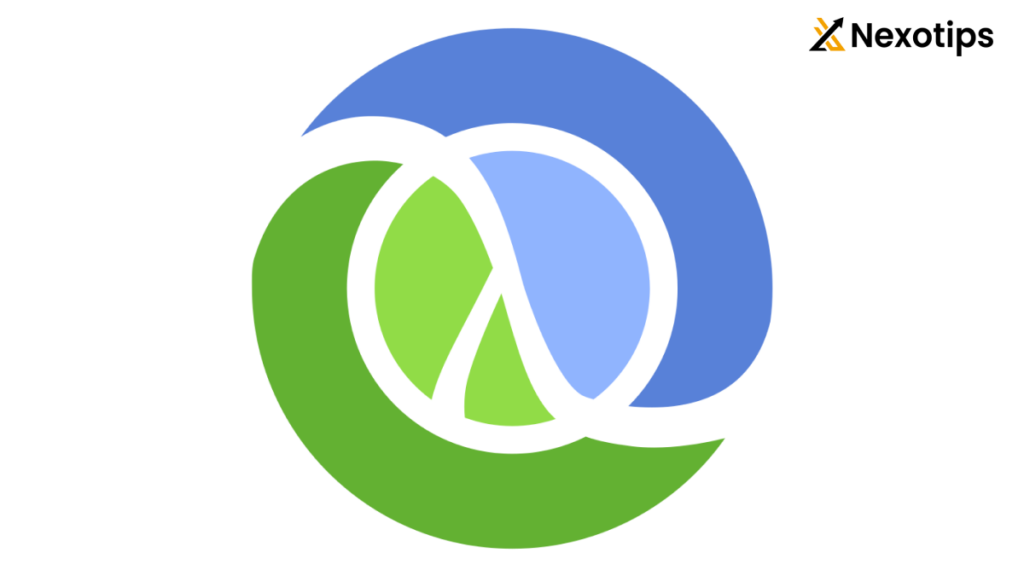
Clojure is a general-purpose language that enables several computations running concurrently because it was created with concurrency in mind. However, Clojure is a Lisp language as well, with minimal syntax. These components make it easier for developers to maintain code while expanding on earlier work and making adjustments as needed in a coding environment.
This programming language works well with any system connected to the Java Virtual Machine (JVM), as it was designed specifically for the JVM. Therefore, it should come as no surprise that numerous businesses, like Adobe, Apple, and Netflix, have used Closure in their tech stacks.
Key Points:
- allows for computations to be done simultaneously.
- has a simple syntax.
- interacts with JVM and other systems connected to JVM.
Exploring New Programming Languages: APACHE GROOVY
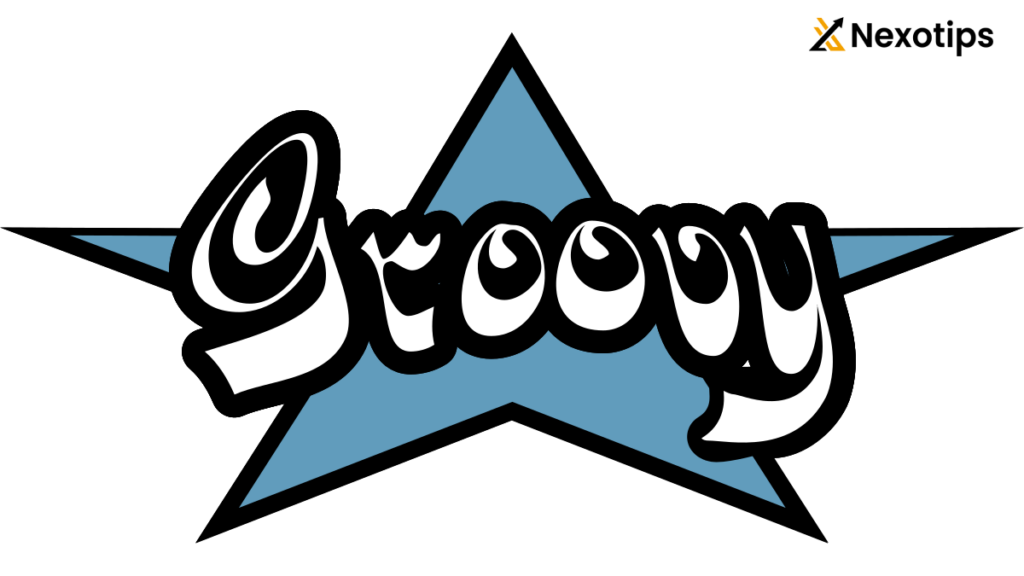
Designed to make life easier for Java developers, Apache Groovy interfaces with the Java platform. Because of its clear and adaptable syntax, the programming language helps developers finish tasks faster. This feature is also one of the main causes of Apache Groovy’s flat learning curve, which is comparable to Python’s simplicity.
Because Apache Groovy supports both static and dynamic languages, developers do not have to choose between them. Because of these characteristics, Apache Groovy is an excellent programming language for testing. Because of the language’s test-friendly structure, a lot of Java engineers use it.
Key Points:
- Short syntax makes projects go faster.
- Java developers find it easy to learn.
- Perfect for running experiments.
Exploring New Programming Languages: CRYSTAL
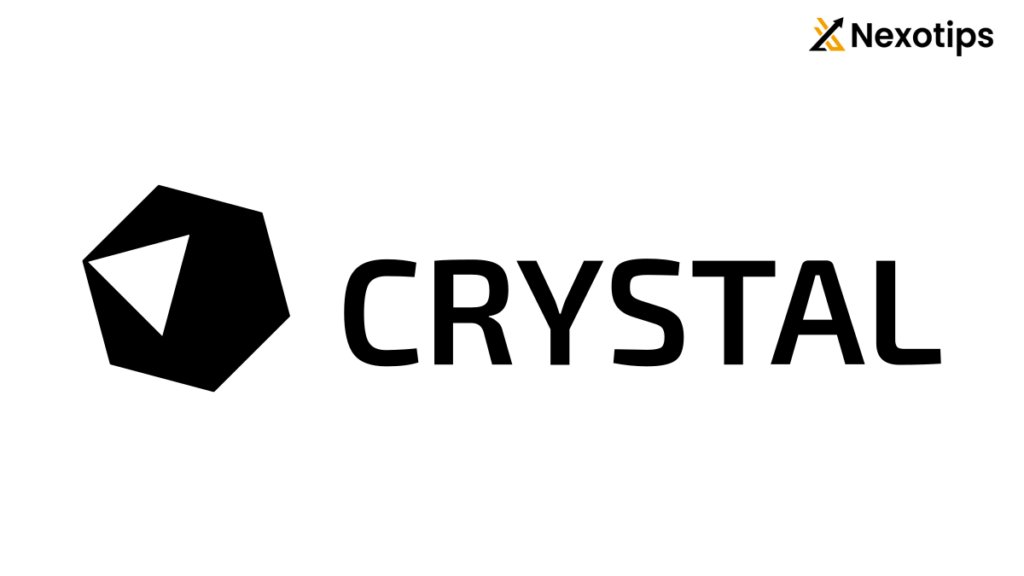
Because it draws its inspiration from Ruby’s straightforward syntax, Crystal is an object-oriented programming language with an easy-to-learn syntax that is particularly beneficial for Ruby developers. Additionally, because the language is static, problems can be detected early in the development process. Teams are spared costly errors during runtime, like forgetting to include null references, thanks to this feature.
As an added precaution, type inference is integrated into Crystal so developers don’t always need to specify the language they’re working in. Additionally, Crystal offers concurrency using a fiber system, enabling programmers to do more computations without using up all of the memory.
Key Points:
- Ruby’s syntax is simple.
- detects mistakes early on in the development process.
- Integrated type inference simplifies processes.
Exploring New Programming Languages: Pony

Pony is a garbage collection and data-race-free language that leverages the actor model and a concept known as reference capabilities.
Programmers are forced to designate certain data as isolated, mutable, or immutable because to reference capabilities. Programmers are not allowed to exchange mutable data between actors by the compiler since doing so could lead to inconsistent updates or corrupted data if two actors access the mutable data at the same time. Reference capabilities prohibit concurrent data updates and ensure data security by doing away with the requirement for locks. Lock-free concurrent programs operate more quickly.
Low API stability, a dearth of excellent third-party libraries, and a restricted selection of native tooling are drawbacks of Pony
Key Points:
- based on trash collection and data-race-free typing.
- Reference capabilities necessitate
Exploring New Programming Languages: PYTHON 3
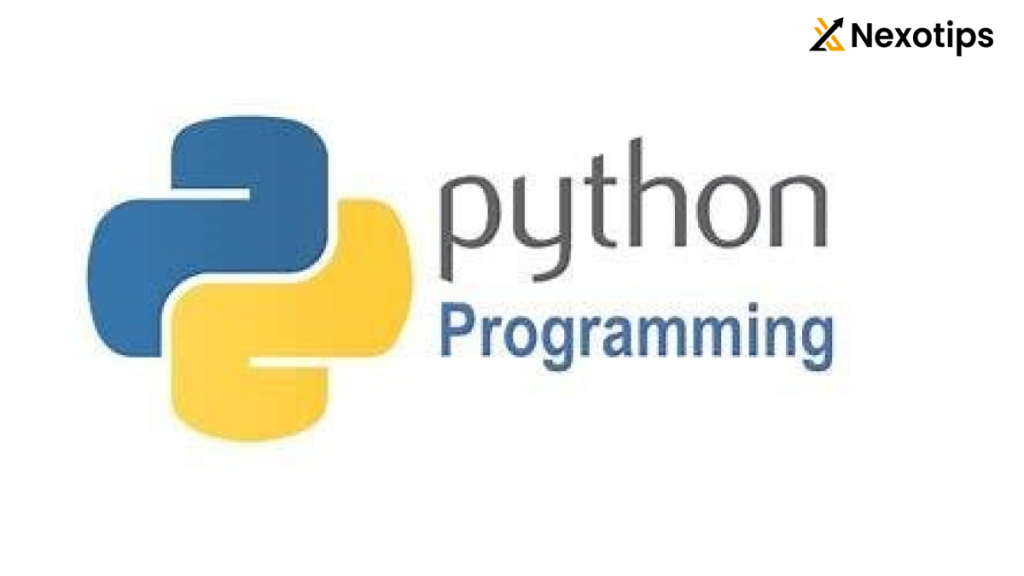
Even if you know Python 2 very well, Python 3 will still surprise you. According to Rogers, it differs greatly from the previous edition.
Why then make the change? Python 3 offers enhanced type safety and more readable code. It is simpler to interpret the distinctions between plain text, Unicode, and binary code. Additionally, new commands like concurrent.futures, which initiates parallel tasks, and asyncio, which reduces threading difficulties, are included.
Key Points:
- code that is safer and more logical.
- distinct variations amongst codes.
- Asyncio commands are convenient.
Exploring New Programming Languages: REASON

Imagine if JavaScript was typesafe, simpler, and faster? The developer of Reason at Facebook set out to answer that very question. OCaml, a language that is syntactically similar to JavaScript at runtime, was modified to resemble JavaScript instead of creating a completely new language from scratch.
Reason may be used in a browser and compiles to equivalent JavaScript using the ReScript project. Additionally, it can compile for microcontrollers, iOS, Android, and barebone assembly.
The flaws in JavaScript and its widespread use are the main reasons why most of these languages are growing in popularity, according to Roger
Similar to OCaml, Reason is immutable and functional, but it also gives users the option to accept objects and mutation. Every line of code is covered by its type system, which infers types when
Key Points:
- In light of making OCaml seem to be JavaScript.
- Incorporates to JavaScript, iOS and Android.
- Type derivation with ensured type precision.
